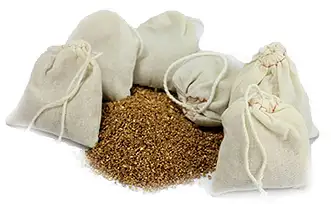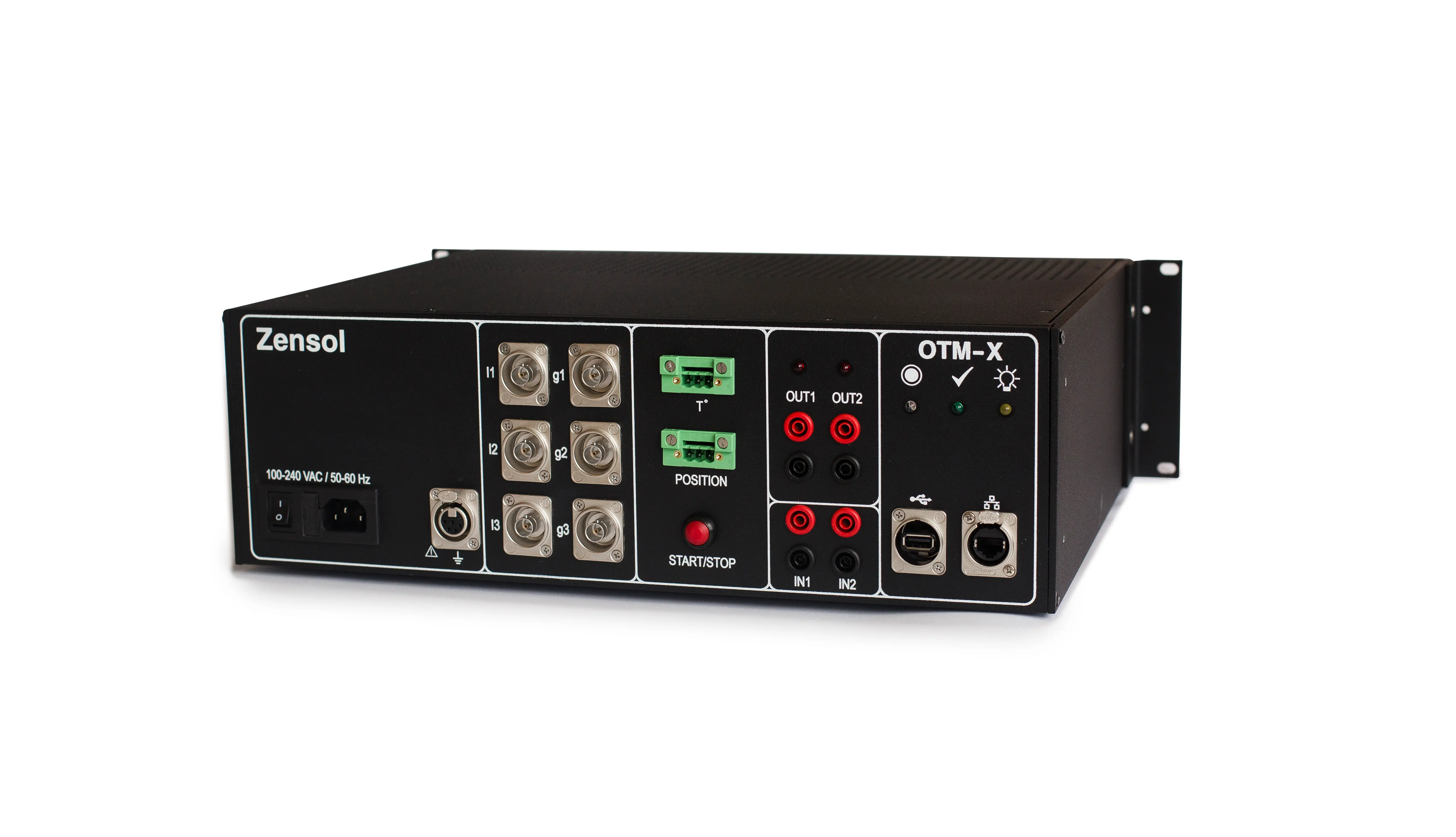Overcurrent and Short Circuit Protection
Cybersecurity for Protective Devices
Emerging Cybersecurity Technologies for Smart Grids
Generator Protection
Coordinating Protection for Generator Safety
Motor Protection
Bearing Protection of Inverter-duty Motors
Transformer Protection
Protection for Smart Grid Integration
Lightning Protection Systems
Impact of Climate Change on Lightning Protection Strategies
Electrical Protection
Mesh Conductor Systems: Modern Solutions for Lightning Protection on Complex Roof Structures
Mesh conductor systems represent a significant advancement in the field of lightning protection, offering a modern solution for safeguarding buildings with complex roof geometries. This article explores the functionality, advantages, and considerations of mesh conductor systems, providing insight into their suitability for specific applications compared to traditional air terminal-based systems.
Visit Our Electrical Protection Study Course
Understanding Mesh Conductor Systems
Mesh conductor systems consist of a network of conductors that form a grid-like pattern over the roof of a structure. This mesh works collectively to intercept lightning strikes, providing a controlled path for the electrical discharge to reach the ground safely.
Design and Configuration
The design of mesh conductor systems is tailored to the specific geometry of the building’s roof, ensuring comprehensive coverage and protection. The mesh size and configuration can vary depending on the structure's size, height, and environmental exposure.
Advantages of Mesh Conductor Systems
Mesh systems offer several benefits over traditional lightning protection methods, particularly for structures with complex architectural designs.
Enhanced Coverage and Protection
The grid-like design of mesh systems provides extensive and uniform coverage, ensuring that lightning strikes are effectively intercepted and dissipated, regardless of the strike point on the roof.
Aesthetic Compatibility
Mesh conductor...


















